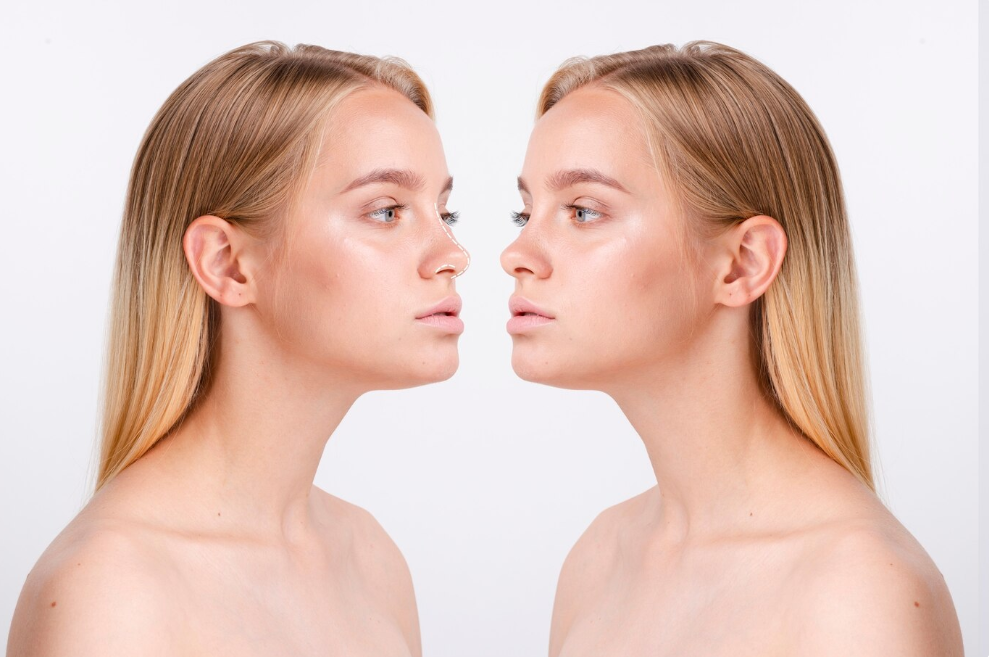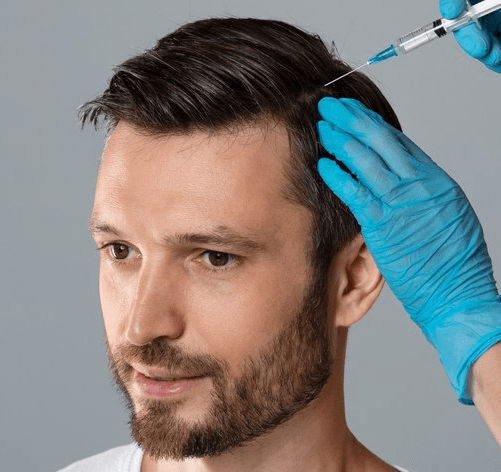Treatment Overview
The Full-Face Deep Plane Facelift is an advanced surgical procedure that addresses sagging and loss of volume across the entire face, including the midface, jawline, and lower face. Unlike traditional facelifts, the deep plane technique lifts SMAS and deeper facial tissues along with the skin, producing natural, long-lasting results. South Korea is renowned for performing this procedure with precision, utilizing 3D imaging, endoscopic assistance, and customized surgical planning to restore youthful facial contours while maintaining natural expressions.
Purpose & Benefits
The procedure provides multiple benefits:
- Lifts sagging cheeks, jawline, and midface tissues
- Smooths nasolabial folds, marionette lines, and jowls
- Restores youthful midface volume and overall facial harmony
- Maintains natural facial expressions while rejuvenating the entire face
- Provides long-lasting results compared to skin-only facelifts
Ideal Candidates
The procedure is ideal for individuals who:
- Show moderate to severe sagging across the midface, lower face, or jawline
- Desire comprehensive facial rejuvenation in a single procedure
- Are in good health with realistic expectations
- Prefer long-term structural correction over temporary treatments
- Want natural, harmonious facial results with minimal visible scars
Possible Risks & Complications
While generally safe in experienced hands, potential risks include:
- Swelling and bruising
- Temporary numbness or tingling
- Minor asymmetry
- Small visible scars
- Rare risks of infection or nerve injury
Selecting a skilled Korean surgeon significantly minimizes these risks.
Surgical Techniques Used
The Full-Face Deep Plane Facelift involves:
- Deep Plane Release: Facial ligaments are released to mobilize SMAS and deep tissues
- Tissue Repositioning: SMAS and deeper layers are lifted and fixed to restore natural contours
- Skin Redraping: Skin is carefully repositioned over lifted tissues for smooth, youthful appearance
- Hidden Incisions: Minimizes visible scars along natural creases
- Optional Endoscopic Assistance: Enhances precision and reduces tissue trauma
- Additional Adjustments: Fat repositioning, minor neck lift, or chin/jaw enhancements may be performed for optimal harmony
Recovery & Aftercare
Recovery typically takes 10–14 days, with swelling and bruising gradually reducing over 2–3 weeks.
Aftercare includes:
- Wearing a facial support or compression garment
- Sleeping with the head elevated
- Avoiding heavy lifting or strenuous activity for 3–4 weeks
- Gentle scar care and recommended facial massage
- Follow-up visits to monitor healing and symmetry
Results & Longevity
Initial improvements are noticeable immediately post-surgery, with final contours appearing after 2–3 months as swelling resolves. The procedure provides rejuvenation lasting 10–15 years, maintaining natural midface, jawline, and lower face harmony.
Treatment Process in Korea
Korea is a top destination for full-face deep plane facelifts due to its combination of surgical expertise, advanced technology, and patient-focused services.
Step-by-Step Process for International Patients:
- Initial Consultation: Online or in-person, including photos, facial assessment, and preliminary treatment planning
- 3D Imaging & Simulation: High-resolution 3D scans simulate outcomes and assist in precise incision and lifting planning
- Preoperative Checks: Lab tests, anesthesia consultation, and overall health assessment
- Surgery Day: Under general anesthesia, typically 4–6 hours. Surgeons lift SMAS and deep tissues across the full face, repositioning skin for smooth, natural contours
- Immediate Recovery: Observation in recovery room or overnight hospital stay
- Early Follow-Up (Days 3–5): Swelling check, wound care, and post-op guidance
- Suture Removal & Imaging (Week 1–2): External stitches removed if needed; imaging confirms symmetry
- Final Follow-Up & Discharge: Most international patients return home within 7–10 days, with remote follow-up support
Why Korea Stands Out:
- Experienced surgeons performing hundreds of full-face deep plane facelifts annually
- Advanced 3D planning and optional endoscopic guidance for precise, long-lasting results
- Minimal visible scarring with natural facial rejuvenation
- Comprehensive international patient support including translation, airport pick-up, and recovery assistance
Cost Range
The cost of a Full-Face Deep Plane Facelift in Korea generally ranges from ₩35,000,000 to ₩55,000,000 KRW (approximately $27,000 – $42,500 USD), depending on surgeon expertise, clinic, and procedure complexity.
| Service Component | Cost Range (KRW) | Approx. USD |
|---|---|---|
| Consultation & Imaging | ₩100,000 – ₩300,000 | $75 – $230 |
| Surgical Fee | ₩30,000,000 – ₩50,000,000 | $23,000 – $38,500 |
| Anesthesia & Facility Fees | ₩1,500,000 – ₩2,500,000 | $1,150 – $1,925 |
| Postoperative Care | ₩200,000 – ₩500,000 | $150 – $380 |
Popular Clinics in Korea
- Banobagi Plastic Surgery: Renowned for full-face deep plane facelifts with natural results
- ID Hospital: High-volume specialists providing structural full-face rejuvenation
- JW Plastic Surgery: Known for endoscopic-assisted precision and minimal scarring
- View Plastic Surgery: Popular among international patients seeking harmonious facial rejuvenation
- The Plus Plastic Surgery: Specializes in comprehensive structural lifting with long-lasting results




